Description of the Bamberger onion variety, its characteristics and cultivation
Bamberger was brought to us from Holland. It attracted attention for its unpretentious cultivation and excellent taste, similar to salad varieties. High yields add additional benefits. Onion sets of this variety can be purchased at specialized seed stores. It can be grown in any region.
Description of the variety
The bulbs of the Bamberger variety stand out from the competitors in their oblong shape, weighing 80 grams. The length of one head reaches 10 centimeters. Convenient elongated shape for easy cutting and handling. The flesh is typically white and the husk is yellow-brown. The Bamberger variety is not prone to shooting. It can be grown in any climatic conditions. The keeping quality of the bulbs is excellent; by the end of storage, the taste does not deteriorate, and the juiciness is not lost. The description of the variety promises the safety of the harvested crop until the new season.

Bamberger tastes like a shallot. Pungency is also felt, but it is more in the aroma than in the taste. Those who grew this variety on their site claim that it is significantly superior to varieties with red and white scales, traditionally considered salad. Bamberger is very soft, juicy, but crunchy, unlike its competitors. The cover scales are removed very easily.
Another positive characteristic of Bamberger is its excellent resistance to shooting, as well as to pests and fungal diseases. He is not afraid of such problems as:
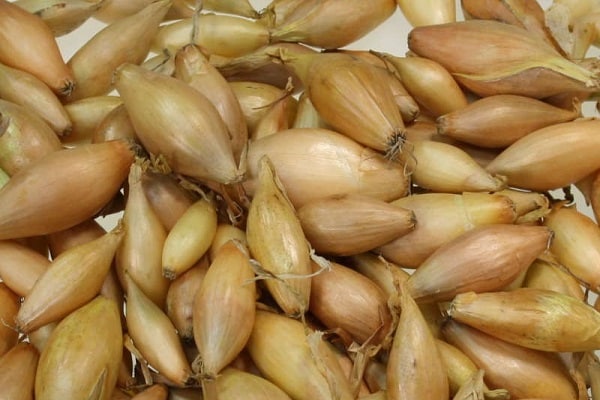
- powdery mildew;
- rot;
- thrips;
- onion fly.
It should be noted that only Dutch-made onion sets have increased resistance. Chuvash is much cheaper in price, but a rich harvest in the Siberian climate cannot be obtained from it.
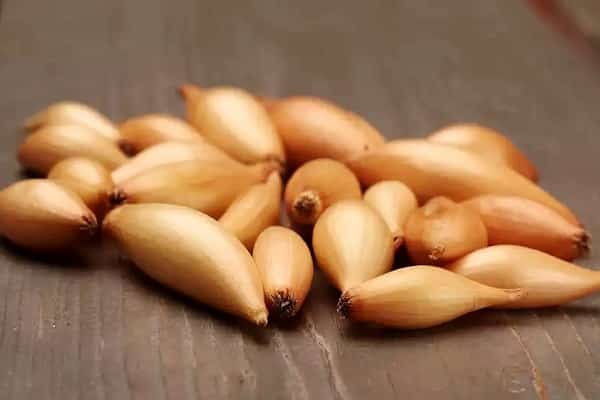
Preparing for landing
Bamberger has certain cultivation characteristics that allow you to harvest the maximum quality crop. The set should be well dried immediately after purchase. To do this, it is scattered in a thin layer on a newspaper and placed in a warm room.
2 weeks before the upcoming planting, the onions are pre-prepared:
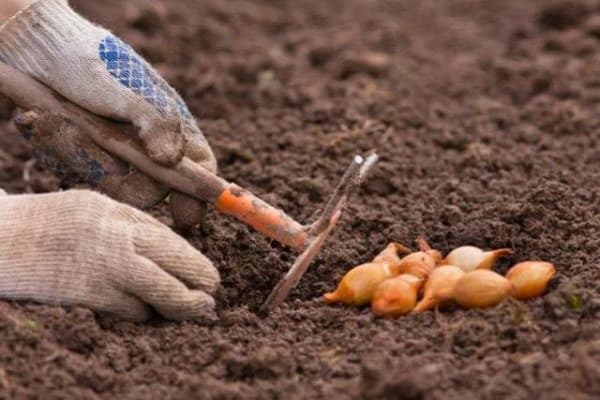
- brought into a room with an air temperature of + 15-18 ° C;
- the day before planting on the bed, the seedlings are kept at a temperature of +35 ° C;
- before planting, seedlings are disinfected in a manganese solution or copper sulfate.
The recommended temperatures must not be exceeded. Otherwise, plant growth will be slowed down. Pre-hardening and heating helps to avoid further formation of arrows.
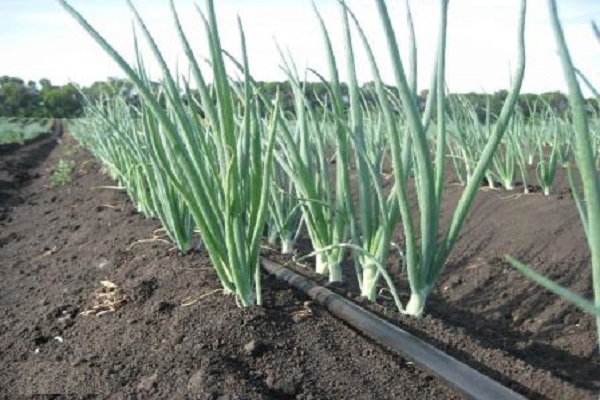
Landing features
Bamberger onions are best grown on sandy loam soils.A well-lit place for planting is chosen, without drafts. The garden bed is dug up in advance, organic fertilizers are applied. This variety can be planted before winter, 20 days before the onset of frost or in early spring. For planting before winter, you need to select the smallest bulbs.
When growing Bamberger, the rules of crop rotation should be strictly observed. In the place where the onion previously grew, this plant cannot be planted for 3 years. It is best to choose places where legumes, tomatoes or cabbage were grown last season. Carrots are an excellent neighbor for Bamberger.

On the prepared bed, grooves are made with a depth of 3 centimeters. Onions are laid out in them at a distance of 10 cm from each other. 30 cm recede between the rows. Planting is moderately watered with warm water.
Care features
Bamberger belongs to the unpretentious varieties of onions. Caring for him is required standard, no unnecessary requirements are put forward. After planting, once a month, obligatory loosening of the soil and removal of weeds is carried out. Initially, the beds with onions are watered once every 3 days. If it rains regularly, then the irrigation intensity can be reduced. In July, the frequency of watering is reduced to 1 time in 10 days, and 3 weeks before the expected harvest, the planting stops altogether.
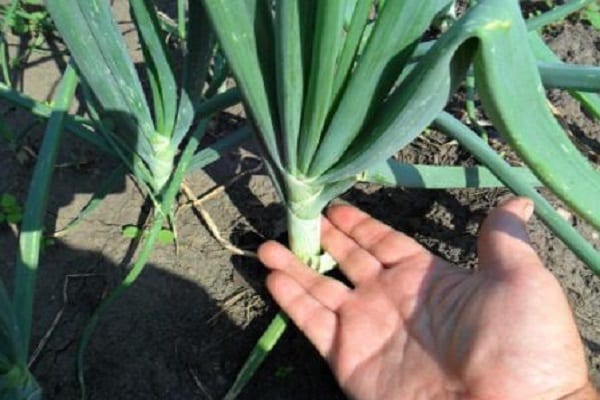
2 weeks after planting on the Bamberger beds, it is recommended to feed with a solution of chicken manure. 10 liters of solution are prepared per 1 square meter. After 3 weeks, nitrogen fertilizers are applied to the site, and after another 3 weeks, potash fertilizers. This completes the feeding of Bamberger.
In order to protect onions from the negative effects of pests, plantings are treated with a solution of copper sulfate. Processing is carried out during the period when the feather size reaches 20 cm.
Storage features
Bamberger onions give excellent yields, which must be properly preserved. As soon as cleaning is completed, the heads are sent to dry in a warm, well-ventilated room. Recommended temperature for drying is 30 ° C. In good and sunny weather, you can pour the bulbs onto a prepared tray outside.
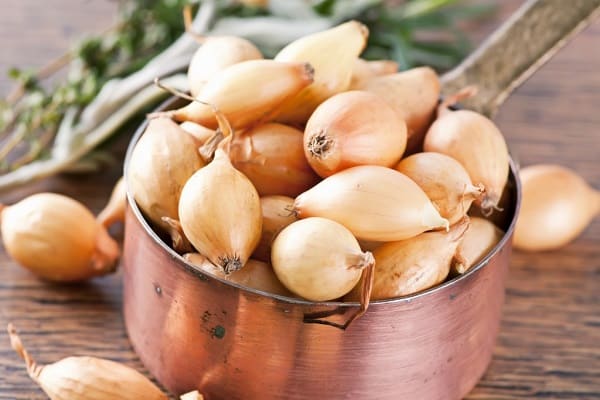
When digging up the crop, it is recommended not to trim the feather. In the future, with its help, Bamberger can be tied into bunches or braids. This method is very convenient for further storage. But after drying, the roots are necessarily cut off. Each bulb is carefully inspected before being sent to storage. After all, even a couple of specimens with rot can ruin half of the crop.
Only large and medium-sized bulbs are suitable for long-term storage. All unripe, small or overripe crops are discarded.
If not only Bamberger was grown on the site, but also other varieties of onions, then in no case should they be sent for storage together. Each variety must be kept separately. In the basement, where it is recommended to send the harvested crop, the recommended temperature is maintained at + 3–10 ° С, and the air humidity is 70%. If there is no basement, then you can save Bamberger on an insulated and glazed balcony.
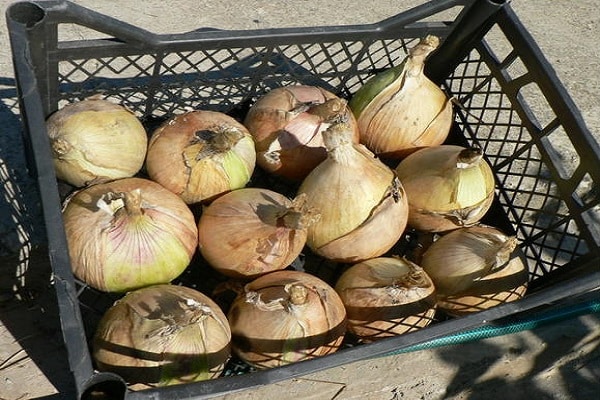
Both wooden or plastic boxes with holes and wicker baskets are good for storing onions. Mesh bags are an excellent option. Cardboard boxes are also used, but perforation is made in them. The container must be placed on shelves or pallets, never stored on the floor or near walls.
Reviews of experienced gardeners about the Bamberger onion bribe many newcomers to try this particular variety on their site. As a rule, their experiments are successful. Subject to simple technology, the harvest will be ensured.
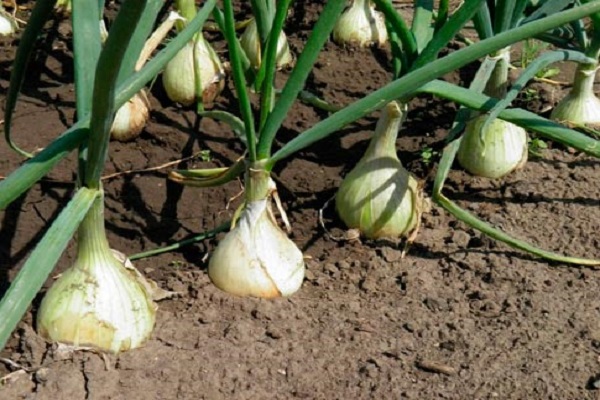
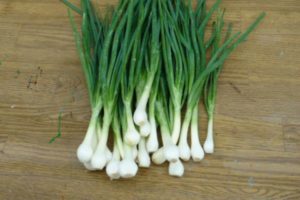
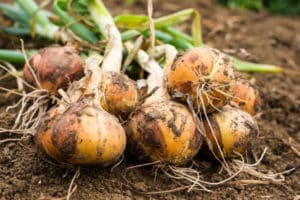

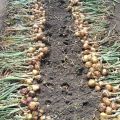

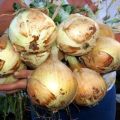
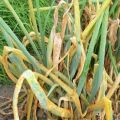
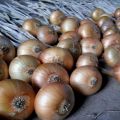
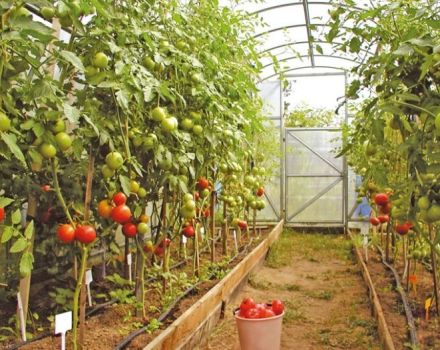
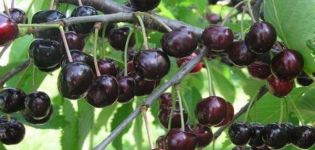
An excellent variety, I have already tested it in my garden, I have been growing it for the second year. The organic bioactivator helped a lot with the yield BioGrow, the onion practically did not hurt, the plants were strong, and the bulbs themselves were large and tasty.